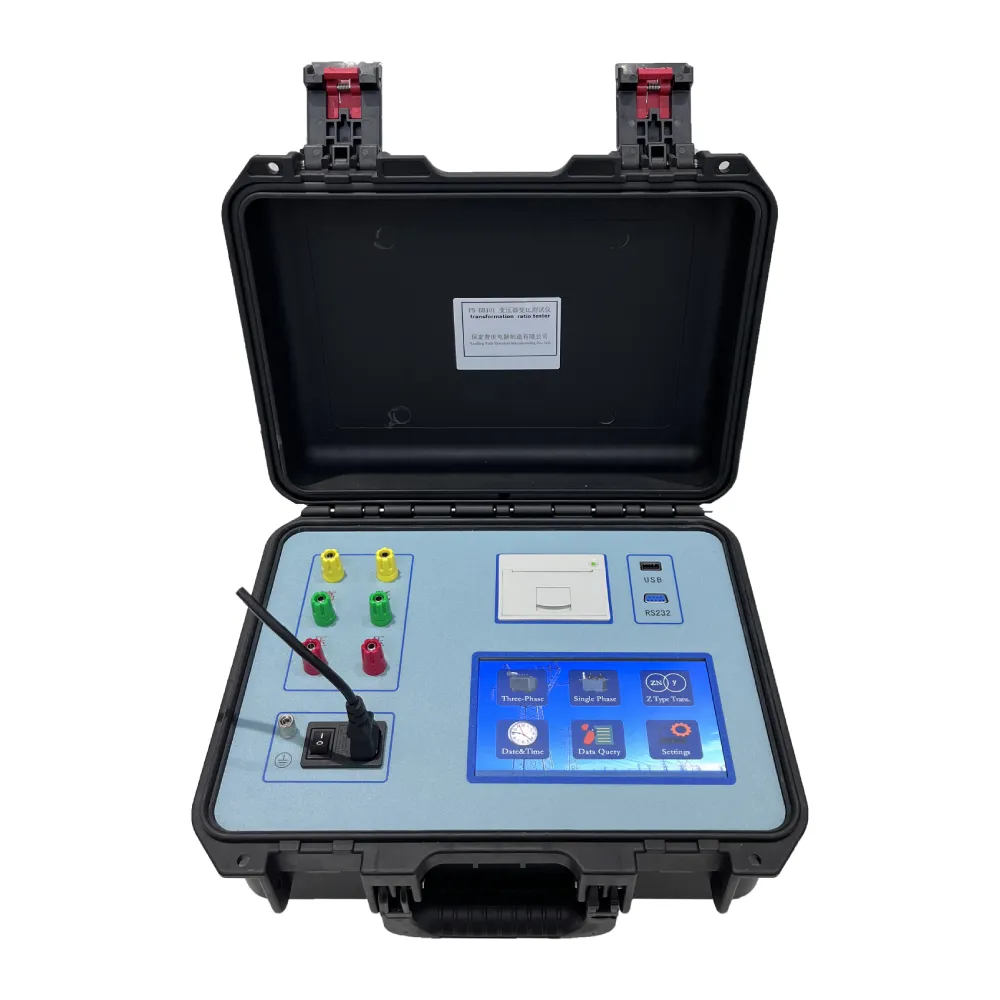 English
English


motor insulation tester
Understanding Motor Insulation Testers Essential Tools for Electrical Maintenance
In the world of electrical engineering and maintenance, ensuring the proper functioning of motors is critical for operational efficiency. One vital aspect of motor maintenance is testing the insulation integrity of the windings, and this is where a motor insulation tester becomes an essential tool. This article delves into the importance of motor insulation testers, how they work, and why they are crucial for maintaining motor health.
What is a Motor Insulation Tester?
A motor insulation tester, commonly known as a megohmmeter or insulation resistance tester, is a specialized instrument used to measure the resistance of the insulation material within electric motors. It assesses whether the insulation can effectively prevent electrical current from flowing where it shouldn’t, which is paramount for protecting both the motor itself and the operational environment.
How Does it Work?
The motor insulation tester works by applying a high-voltage DC test signal to the motor windings. During the test, the insulation resistance is measured in megohms. A very high resistance value indicates good insulation, while a low resistance indicates problems such as deterioration, moisture ingress, or physical damage. Typically, tests are performed at voltages ranging from 250V to 5kV, depending on the motor’s rated voltage and the standards applicable in specific industries.
motor insulation tester

Why is Insulation Testing Important?
One of the most significant reasons for conducting insulation tests is to prevent motor failure. Insulation breakdown can lead to catastrophic failures, resulting in costly downtime and extensive repair work. Regular testing helps identify potential issues before they escalate into major breakdowns. It also helps to ensure compliance with industry safety standards, which mandate regular testing of electrical equipment to safeguard personnel and property.
Moreover, motor insulation testing plays a pivotal role in predictive and preventive maintenance strategies. By identifying insulation weaknesses early, maintenance teams can schedule timely repairs or replacements, thereby extending the motor's lifespan and optimizing performance. This proactive approach ultimately saves businesses both time and money.
Best Practices for Using Insulation Testers
When using a motor insulation tester, it is essential to follow best practices to ensure accurate results. Firstly, always ensure that the motor is completely disconnected from any power source before testing. Secondly, the ambient conditions should be ideal—dry and at a stable temperature. Finally, it’s essential to follow the manufacturer’s guidelines for the specific testing voltages appropriate for the motor in question.
In conclusion, motor insulation testers are invaluable tools in the realm of electrical maintenance. They provide critical insights into the condition of motor insulation and help prevent failures that could lead to significant operational disruptions. Investing in regular insulation testing can ultimately enhance motor performance, ensure compliance, and promote safety in the workplace. For anyone working with electrical motors, understanding and utilizing these testers is not just beneficial; it’s essential for long-term operational success.
-
Differences between open cup flash point tester and closed cup flash point testerNewsOct.31,2024
-
The Reliable Load Tap ChangerNewsOct.23,2024
-
The Essential Guide to Hipot TestersNewsOct.23,2024
-
The Digital Insulation TesterNewsOct.23,2024
-
The Best Earth Loop Impedance Tester for SaleNewsOct.23,2024
-
Tan Delta Tester--The Essential Tool for Electrical Insulation TestingNewsOct.23,2024





